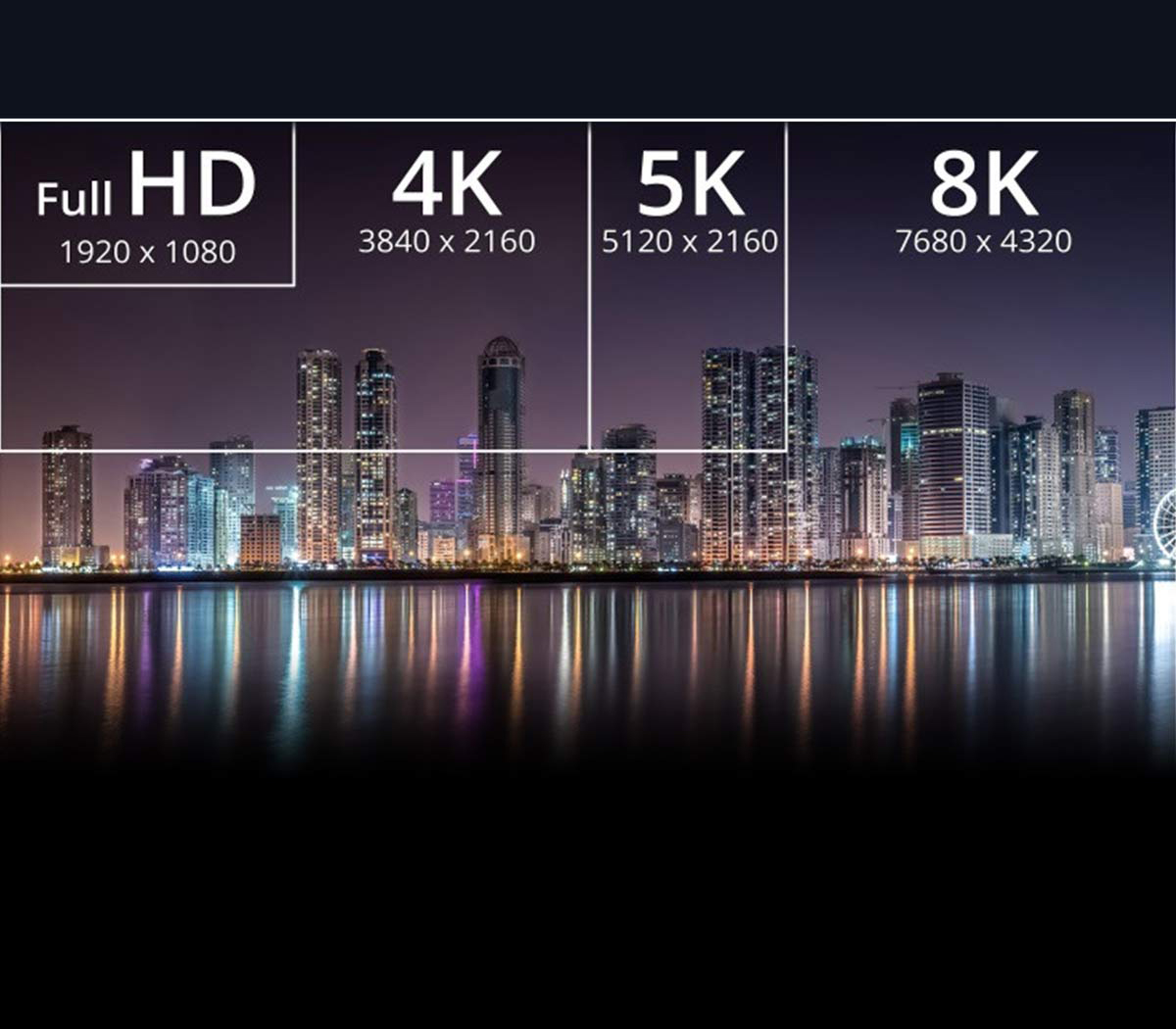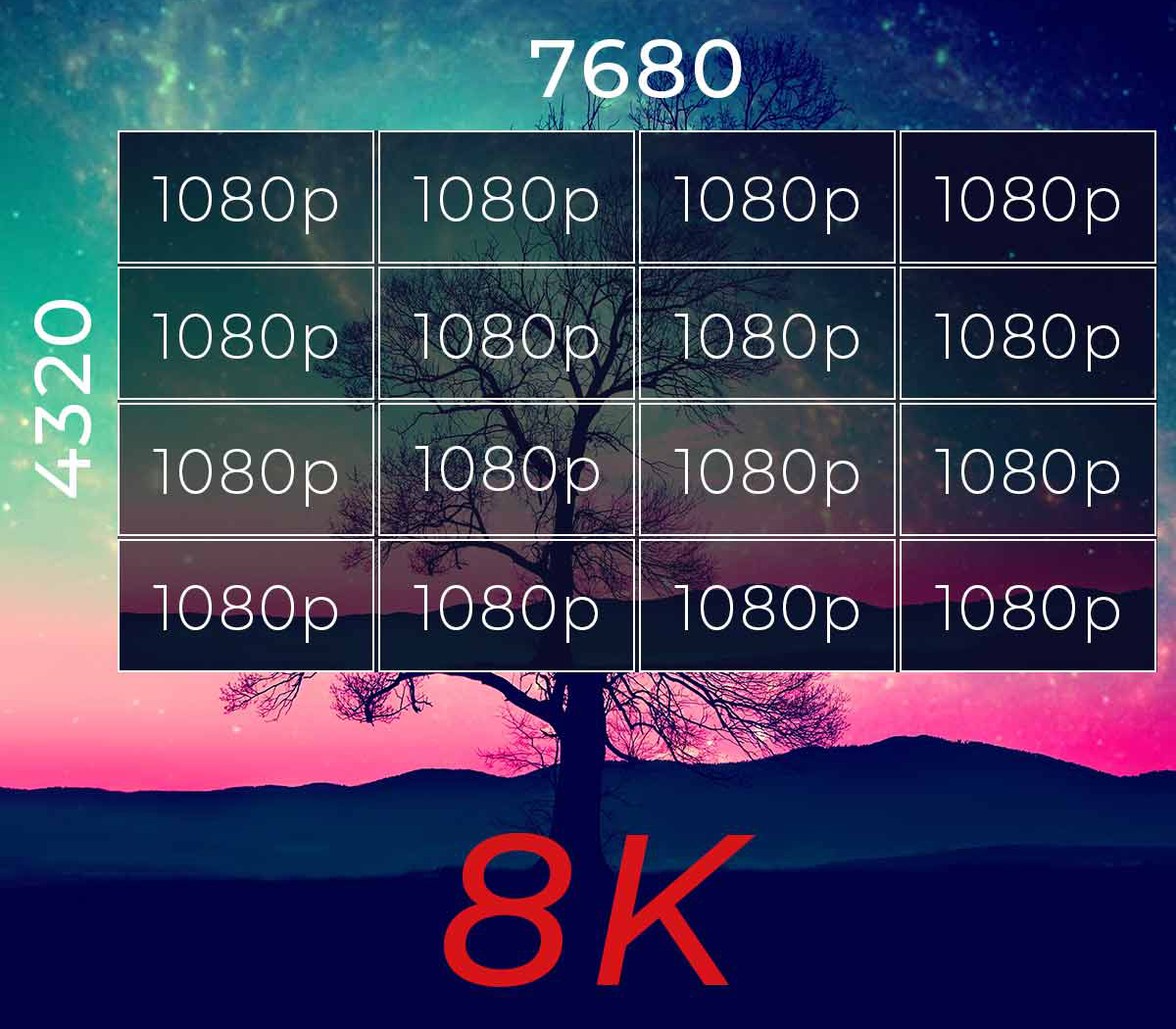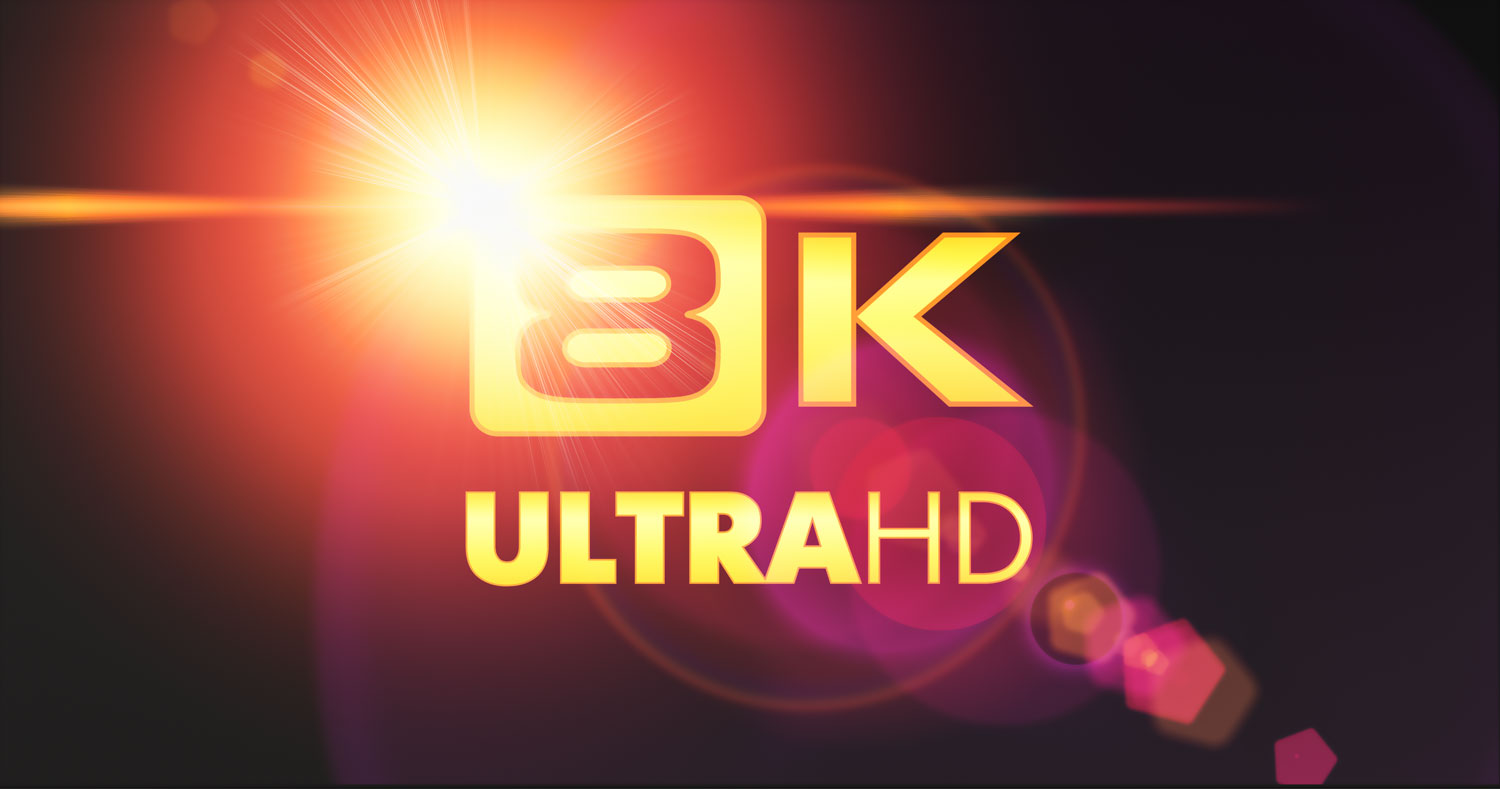What is 8K TV And What You Need To Know
Here is the technical component broken down.
- 4K TV has just over 8 million
- It has 16 times more pixels than an ordinary HD TV
- It has 4 times more pixels than 4K TV
- This means 8K TV higher resolutions can equate to over 33 million pixels
TVs are made up of horizontal and vertical gridlines and these gridlines are doubled in an 8K application. So imagine the visual of 4 X 4K TVs put together. The pixels of 8K is 16 times greater than that of a 4K TV. With a much higher pixel density, the picture presents a superior sharpness. With this increase in clarity and viewing it will be movies and sport that excite people initially. It will almost feel like being at your favourite sporting event. Benefits will include small print being incredibly clear and jagged edges will now become smooth. Less colour banding will be noticed where compression has not been adequately applied.
The way we now watch TV is getting bigger – and smaller. Even though we are watching shows on tablets and phones, our dedicated living room screen size averages 60cm. We now entertain outdoors a lot more and many of those enclosed areas now incorporate a TV as they are considered a second living room. These are generally a wall mounted the large screen.
History of 8K TV
In August of 2016 Japanese broadcaster NHK, started beaming back content from their 8K satellite. Although the testing was being done there was nothing actually being broadcast. The Japanese are at the forefront of this technology as the 2020 Olympic Games are being held in Tokyo. If you do not have an 8K TV by then don’t worry. NBC Universal will be broadcasting in Ultra HD from the United States. However, it has proved to be a very popular category that people are researching and predicted sales in 2019 are set to reach over 1 million units.
Upscaling And What’s It All About
Upscaling is a process whereby algorithms match the pixel count of output or the standard of a non-high definition video.
It utilizes local dimming and an AI (Artificial Intelligence) Powered “Full Scene Mode”. This is how the device upgrades HD and 4K subject. This is really important because you won’t just be limited to watching 8K format, you will be able to upgrade any content you wish to watch.
This very current TV technology has been around for a couple of years now. However, it is set to light up the next CES conference in Berlin. 8K TVs are on the lips of everyone in the tech world so look forward to learning a great deal more and enjoying a visual feast for the eyes with your new 8K TCL television.
What About 8K Content?
The Japanese were first to experiment and now have a dedicated 8K channel. The Koreans who export a number of TVs are also scrambling to produce high levels of content. Much of the 2018 Winter Olympic Games in Pyeongchang in 8K broadcast mode. The Brazilians were taking advantage of the viewing capabilities for last years’ soccer world cup. That had the option of being viewed on 8K technology. Netflix, Stan, YouTube, Vimeo are all early adopters.
Native 8K content looks amazing on a dedicated 8K screen. The difference between 4K content and 8K broadcasting is glaringly obvious. 8K video is also being played around with by the movie industry and we are sure to see some blockbusters come out shortly with this outstanding 8K resolution.
Also, the cream on top from the movie industry is they will be releasing 8K Blu ray movie for our viewing pleasure.
Who Is Making 8K Content?
The good news for content is everyone is arriving at the party. The Japanese were first to experiment and now have a dedicated 8K channel. The Koreans who export a number of TVs are also in research and development mode.
The Brazilians were taking advantage of the viewing capabilities for last years’ soccer world cup. That had the option of being viewed on 8K technology. Netflix, Stan, YouTube, Vimeo are all early adopters.


